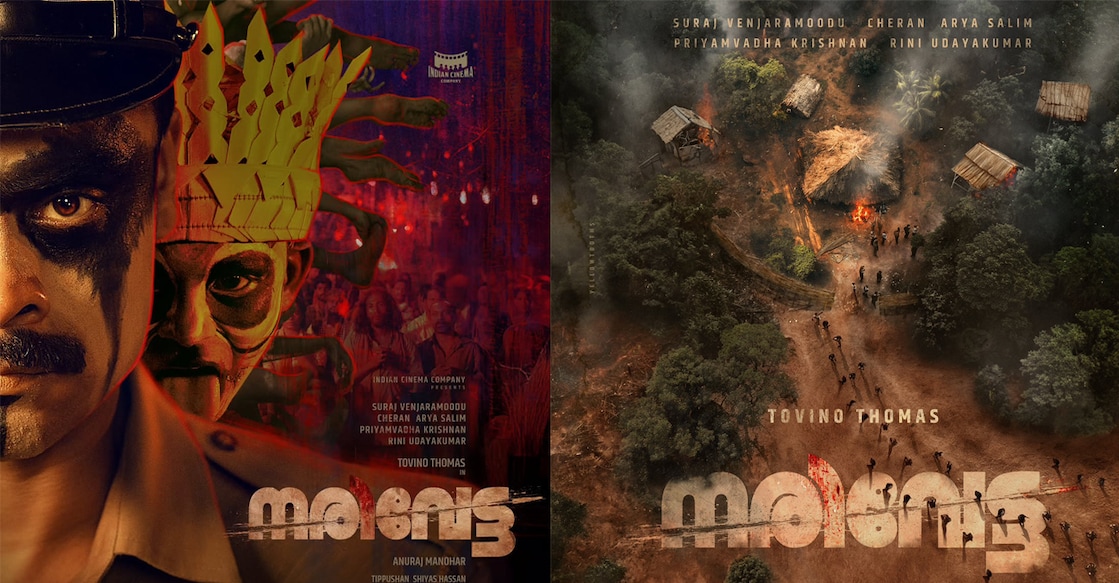Ahead of 'Narivetta' release, a look back at the 2003 Muthanga incident

Mail This Article
Tovino Thomas’s upcoming film 'Narivetta', directed by Anuraj Manohar, is scheduled to be released in theatres tomorrow. The film draws from the 2003 Muthanga incident, an event that became a significant point in Kerala’s Adivasi land rights movement. Ahead of the release, here’s a look at the events surrounding the incident and its broader context.
The incident at Muthanga
On February 19, 2003, a violent confrontation occurred inside the Muthanga Wildlife Sanctuary in Wayanad district, Kerala. During an eviction operation by police and forest officials, clashes broke out with Adivasi protestors who had occupied the area. The operation ended with two deaths—one police officer and one tribal protester. The incident received widespread media attention and became a subject of debate in the state.
Background: Protests and promises
The protest’s roots can be traced back to 2001, when 32 starvation deaths were reported in tribal families in Palakkad, Kannur and Wayanad. In response, the Adivasi Dalit Samara Samithi (ADSS), led by tribal rights activists CK Janu and M. Geethanandan, organised a 48-day protest in front of the official residence of then Chief Minister A.K. Antony in Thiruvananthapuram. The intense protests led to the formation of Adivasi Gothra Maha Sabha (AGMS). An agreement was reached with the government, and the tribal families were promised land and rehabilitation.
By early 2003, however, many Adivasi leaders expressed dissatisfaction over the pace of implementation. This led to a decision by AGMS to initiate a land occupation protest inside the Muthanga forest.
The occupation
In January 2003, several hundred Adivasi families entered the Muthanga Wildlife Sanctuary, an area some viewed as historically linked to their communities. They began building shelters and cultivating the land. AGMS maintained that the action was a form of protest over delayed land distribution, while state authorities viewed it as illegal encroachment into protected forest land.
The eviction operation
On February 19, state forces comprising forest and police personnel moved to evict the settlers. Resistance from some protestors led to a confrontation. Tear gas was used, followed by police firing. One tribal protester and one police officer were killed during the clash. Structures built by the settlers were also destroyed during the operation.
Public and political reactions
The incident triggered a wide range of reactions. Human rights organisations questioned the use of force during the eviction. Political leaders and civil society groups responded with varying views—some supporting the police action, others criticising the government’s handling of the situation.
Following the incident, AGMS leaders, including CK Janu were arrested. Though inquiries were announced and compensation was discussed, long-term outcomes in terms of land redistribution and rehabilitation have remained limited, according to several rights groups.
Over two decades later, the Muthanga incident continues to be referenced in discussions on land rights, forest policy, and tribal welfare in Kerala. With 'Narivetta' now set to dramatise these events for the big screen, the story returns to public conversation, prompting renewed reflection on the issues it raised.


